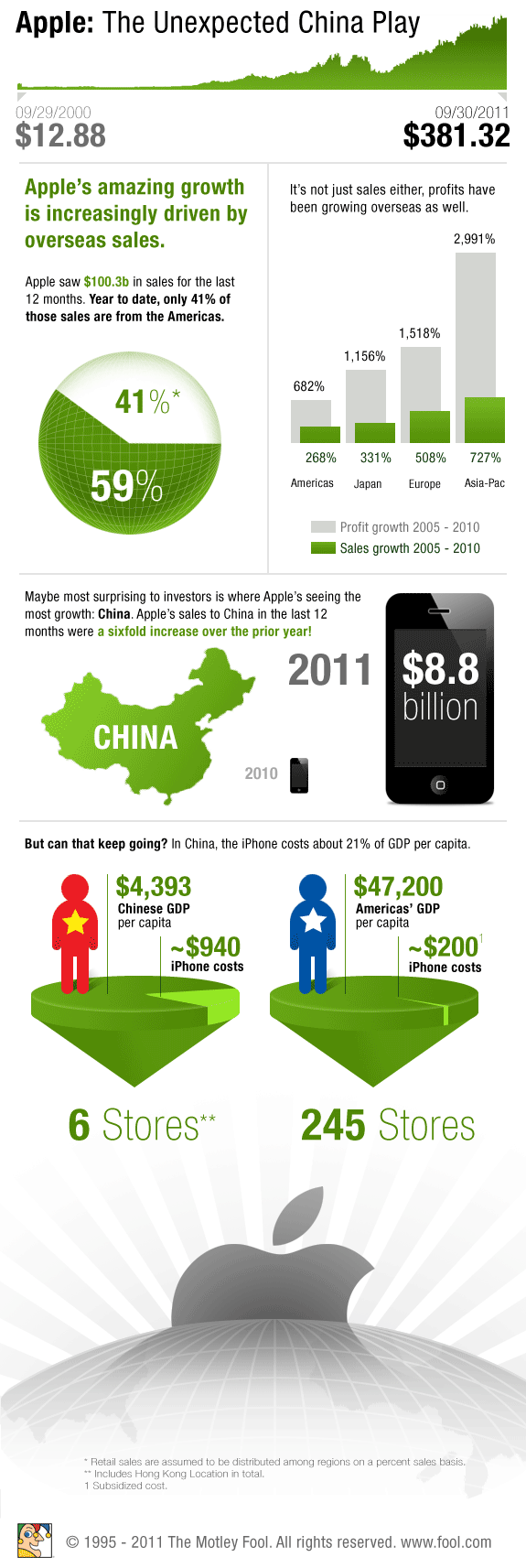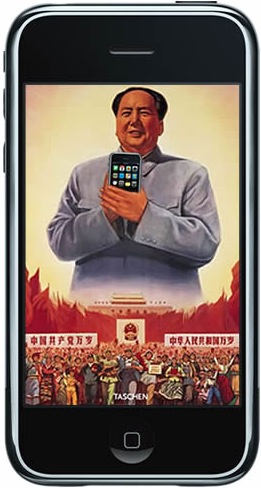NEW YORK TIMES: Apple has become one of the best-known, most admired and most imitated companies on earth, in part through an unrelenting mastery of global operations. Last year, it earned over $400,000 in profit per employee, more than Goldman Sachs, Exxon Mobil or Google. However, what has vexed Mr. Obama as well as economists and policy makers is that Apple — and many of its high-technology peers — are not nearly as avid in creating American jobs as other famous companies were in their heydays. Apple employs 43,000 people in the United States and 20,000 overseas, a small fraction of the over 400,000 American workers at General Motors in the 1950s, or the hundreds of thousands at General Electric in the 1980s. Many more people work for Apple’s contractors: an additional 700,000 people engineer, build and assemble iPads, iPhones and Apple’s other products. But almost none of them work in the United States. Instead, they work for foreign companies in Asia, Europe and elsewhere, at factories that almost all electronics designers rely upon to build their wares.
“Apple’s an example of why it’s so hard to create middle-class jobs in the U.S. now,” said Jared Bernstein, who until last year was an economic adviser to the White House. “If it’s the pinnacle of capitalism, we should be worried.” Apple executives say that going overseas, at this point, is their only option. One former executive described how the company relied upon a Chinese factory to revamp iPhone manufacturing just weeks before the device was due on shelves. Apple had redesigned the iPhone’s screen at the last minute, forcing an assembly line overhaul. New  screens began arriving at the plant near midnight.
screens began arriving at the plant near midnight.
A foreman immediately roused 8,000 workers inside the company’s dormitories, according to the executive. Each employee was given a biscuit and a cup of tea, guided to a workstation and within half an hour started a 12-hour shift fitting glass screens into beveled frames. Within 96 hours, the plant was producing over 10,000 iPhones a day. “The speed and flexibility is breathtaking,” the executive said. “There’s no American plant that can match that.” MORE
RELATED: When Barack Obama joined Silicon Valley’s top luminaries for dinner in California last February, each guest was asked to come with a question for the president. But as Steven P. Jobs of Apple spoke, President Obama interrupted with an inquiry of his own: what would it take to make iPhones in the United States? Not long ago, Apple boasted that its products were made in America. Today, few are. Almost all of the 70 million iPhones, 30 million iPads and 59 million other products Apple sold last year were manufactured overseas. Why can’t that work come home? Mr. Obama asked. Mr. Jobs’s reply was unambiguous. “Those jobs aren’t coming back,” he said, according to another dinner guest. MORE
RELATED: The most sought-after smartphone in the world has entered the most sought after market. More than 700 million Chinese cell phone users now have access to the iPhone without a trip to the gray market, if they can afford it. According to the Wall Street Journal, China Unicom is selling the iPhone 3GS for 6,999 yuan, or $1,024 without a contract. AT&T charges $699 for the same model without a contract in the U.S. Add in the cost of a service contract, and over two years a Chinese subscriber will pay around $3,000, approximately the yearly average salary. MORE


